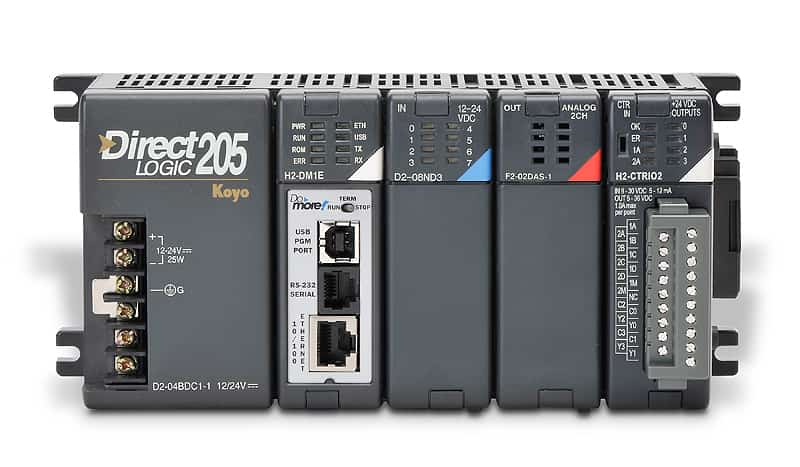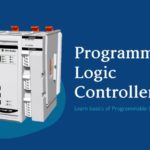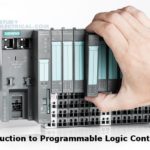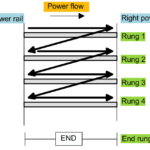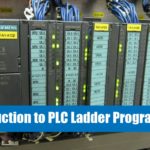A PLC is a user-friendly, microprocessor based specialized computer that carries out control functions of many types and levels of complexity.Its purpose is to monitor crucial process parameters and adjust process operations accordingly.
It can be programmed (to a degree), controlled, and operated by a person unskilled in operating (programming) computers.Essentially, a PLC’s operator draws the lines and devices of ladder diagrams with a keyboard or mouse onto a display screen.
Here we are providing a collection of 14 lectures on Programmable Logic Controllers (PLC).
| Lecture | Topic | |
| Lecture 1 | Introduction to PLCs | LECT01.pdf |
| Lecture 2 | PLC basics | LECT02.pdf |
| Lecture 3 | PLC Addressing and Basic Instructions | LECT03.pdf |
| Lecture 4 | Basic Ladder Logic Programming | LECT04.pdf |
| Lecture 5 | PLC Timer Functions | LECT05.pdf |
| Lecture 6 | PLC Counter Functions | LECT06.pdf |
|   | Exam #1 Sample Questions | |
| Lecture 7 | Comparison and Math Operations | LECT07.pdf |
| Lecture 8 | Data Handling and Program Control Flow Instructions | LECT08.pdf |
| Lecture 9 | Shift and Sequencer Instructions | LECT09.pdf |
| Lecture 10 | File (Queue) Instructions | LECT10.pdf |
| Lecture 11 | PLC I/O Module Types and and PLC Trainer Configuration | LECT11.pdf |
| Lecture 12 | Ethernet-Based Communication Setup and MSG Instruction Use | LECT12.pdf |
| Lecture 13 | Interrupts | LECT13.pdf |
| Lecture 14 | Programming the Unitronics V1040 PLC: Getting Started, Basic Ladder Logic, and HMI Operation | LECT14.pdf |
|   | Exam #2 Sample Questions | |
|   | Exam #2 Sample Questions (with solutions) |
Credits : http://jjackson.eng.ua.edu/courses/ece485/lectures/

